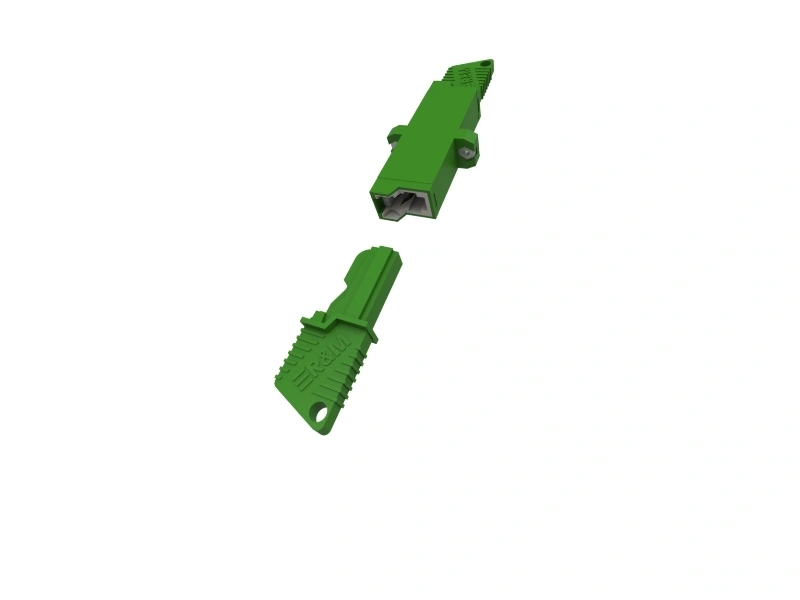Introduction:

In the expanding field of optical networking, fiber optic adaptors play a crucial role in ensuring seamless connectivity and efficient transmission of data. These small yet essential devices help connect and align fiber optic cables, allowing for the transfer of light signals between different network components. In this article, we will explore the function of fiber optic adaptors in detail, highlighting their significance in the realm of optical communications.
1. Facilitating Connection:
Fiber optic adaptors, also known as fiber optic couplers or fiber optic connectors, are primarily used to connect two fiber optic cables with different connector types or interfaces. These adaptors provide a reliable and efficient means of joining optical fibers, ensuring minimal signal loss and maintaining high-quality transmission. Equipped with precision-molded sleeves, these adaptors align the fibers accurately, ensuring a seamless path for light signals to travel through.
Furthermore, fiber optic adaptors come in various types, such as SC, LC, ST, and MPO, catering to different connector configurations and applications. This versatility allows network designers and installers to seamlessly integrate various equipment and components, significantly enhancing the flexibility and compatibility of optical networks.
2. Enabling Network Expansion and Modification:
The role of fiber optic adaptors extends beyond initial network setup. As optical networks grow and evolve, there is often a need to expand or modify existing connections. Fiber optic adaptors provide a convenient solution for these scenarios, allowing for quick and easy changes without the need for complex reconfiguration.
By using fiber optic adaptors, network administrators can conveniently add or remove devices, extend the network coverage, or even migrate to advanced technologies while maintaining the integrity of the optical signal. The ability to make modifications without disturbing the existing infrastructure makes fiber optic adaptors an indispensable component in optical network management and maintenance.
3. Ensuring Signal Integrity:
Fiber optic adaptors play a crucial role in maintaining signal integrity by minimizing signal loss and maximizing the quality of optical transmissions. The precision alignment provided by adaptors ensures that the incoming and outgoing light signals are efficiently coupled and transmitted without considerable attenuation or degradation.
Moreover, fiber optic adaptors are designed to withstand environmental factors such as temperature variations, vibrations, and mechanical stress, ensuring a stable connection even in challenging conditions. This reliability is paramount in critical applications where uninterrupted connectivity and high-speed data transmission are crucial.
Conclusion:
Fiber optic adaptors are essential components of optical networks, enabling seamless connectivity, flexibility, and efficient transmission of light signals. Their role in facilitating connection, enabling network expansion and modification, and ensuring signal integrity cannot be understated. With their versatility and reliability, fiber optic adaptors have become a cornerstone of modern optical communications, supporting the ever-growing demand for high-speed data transmission.



